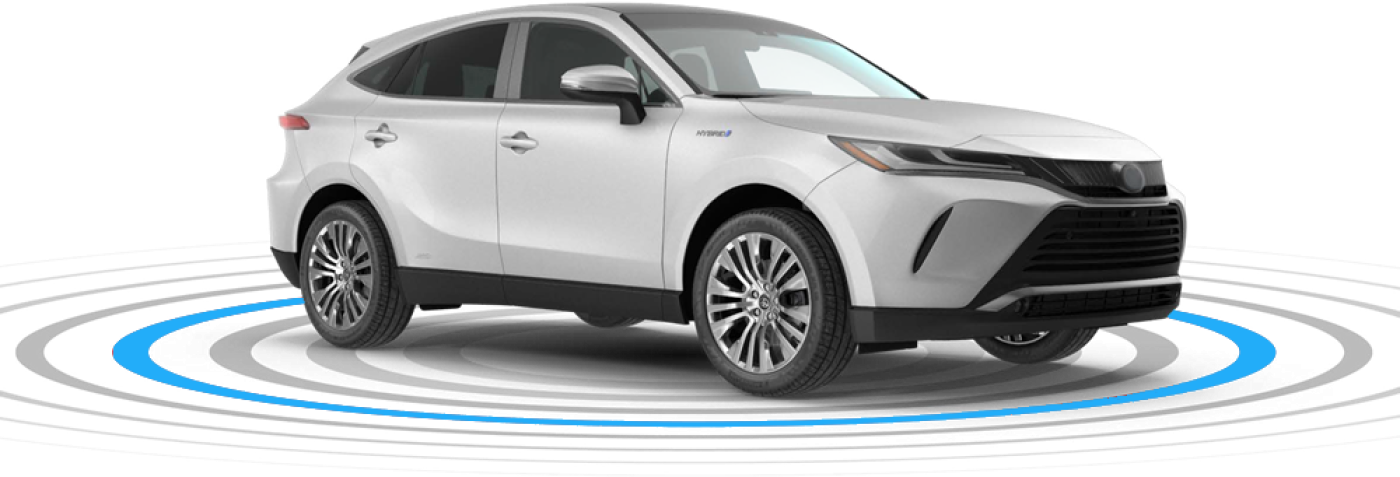

NIGHT VISION
- Detect objects like pedestrians and animals even in darkness or bad weather.
- Improve your vision beyond headlights' reach, increasing your reaction time.
- Enhance safety by providing a clearer view of potential hazards at night.
It acts like an extra set of eyes, giving you better night vision and increased confidence when driving in the dark.
SONAR ADAS
- Parking assistance: They help with tasks like parallel parking by guiding you into the space and alerting you to obstacles.
- Low-speed maneuverability: They warn of objects close to the car at low speeds, preventing accidental bumps.
- Blind spot detection in some models: Some cars use sonar in addition to other sensors for blind spot detection.
Sonar complements other ADAS features, offering additional safety and awareness during parking and low-speed maneuvering. They are particularly helpful in tight spaces and low-visibility conditions.
SURROUND VIEW
- Parking: See curbs, lines, and other objects around your car for easier maneuvering.
- Avoiding low-speed collisions: Spot obstacles you might miss with just your mirrors.
- Increased safety: Gain awareness of your surroundings, especially helpful in tight spaces or busy roads.
It's like having a virtual top-down view, making parking and navigating tight spots a breeze.
REAR COLLISION WARNING ALIGNMENT
BLIND SPOT DETECTION
FRONT CAMERA
- Keeping you in your lane: Lane departure warning and lane keeping assist.
- Preventing collisions: Forward collision warning and automatic emergency braking.
- Recognizing traffic signs:Traffic sign recognition.
FRONT RADAR
- Detect objects ahead: Cars, pedestrians, and even bicycles.
- Measure distance and speed of what's in front.
- Enable features like adaptive cruise control and automatic emergency braking.
NIGHT VISION
- Detect objects like pedestrians and animals even in darkness or bad weather.
- Improve your vision beyond headlights' reach, increasing your reaction time.
- Enhance safety by providing a clearer view of potential hazards at night.
It acts like an extra set of eyes, giving you better night vision and increased confidence when driving in the dark.
SONAR ADAS
- Parking assistance: They help with tasks like parallel parking by guiding you into the space and alerting you to obstacles.
- Low-speed maneuverability: They warn of objects close to the car at low speeds, preventing accidental bumps.
- Blind spot detection in some models: Some cars use sonar in addition to other sensors for blind spot detection.
Sonar complements other ADAS features, offering additional safety and awareness during parking and low-speed maneuvering. They are particularly helpful in tight spaces and low-visibility conditions.
WINDSHIELD ADAS
SURROUND VIEW
- Parking: See curbs, lines, and other objects around your car for easier maneuvering.
- Avoiding low-speed collisions: Spot obstacles you might miss with just your mirrors.
- Increased safety: Gain awareness of your surroundings, especially helpful in tight spaces or busy roads.
It's like having a virtual top-down view, making parking and navigating tight spots a breeze.